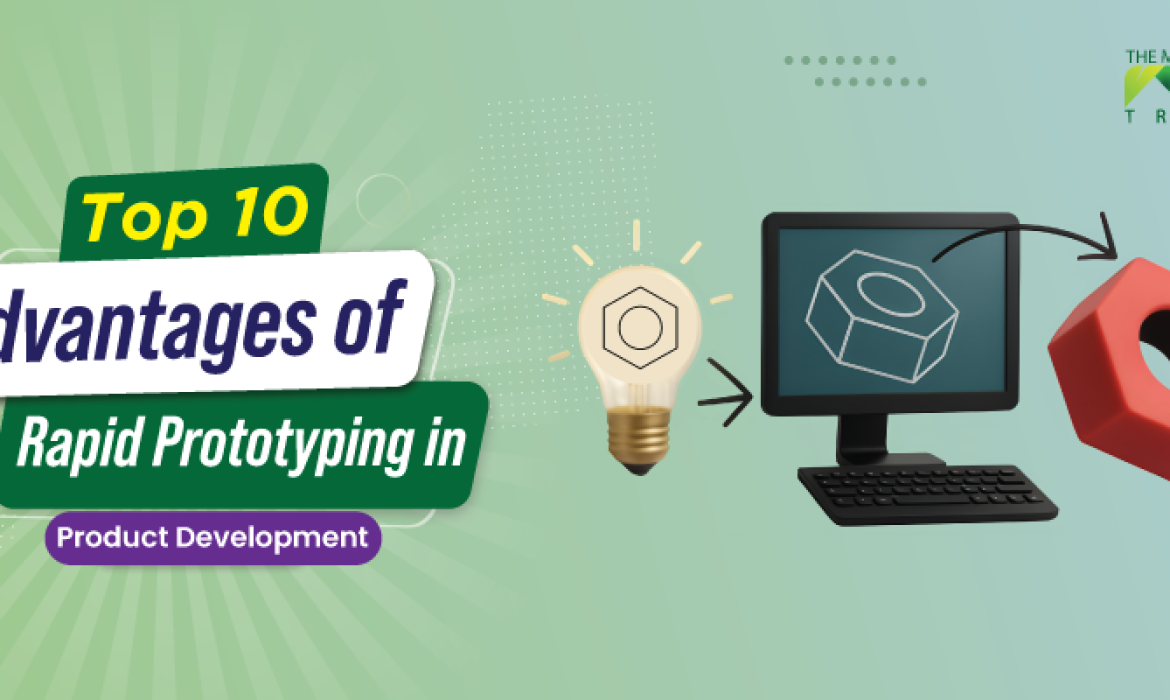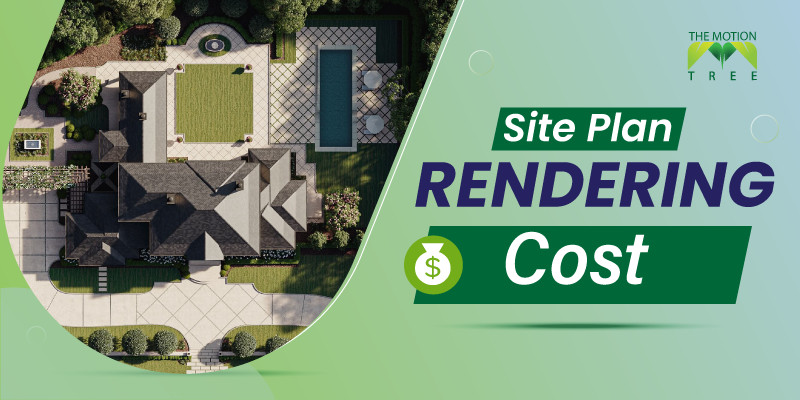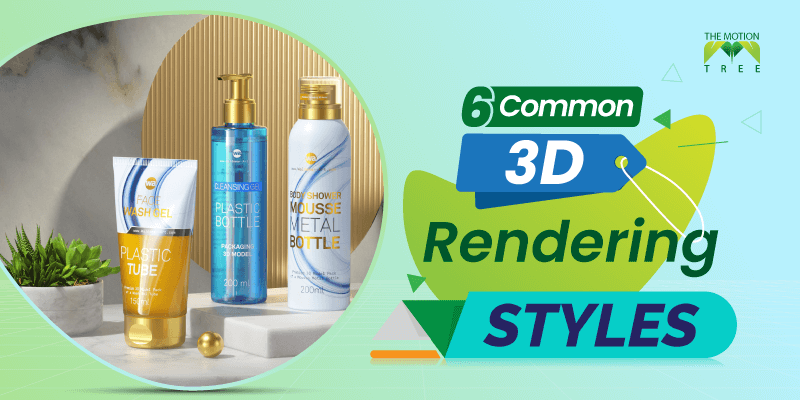![]() +1 929-458-6213
+1 929-458-6213
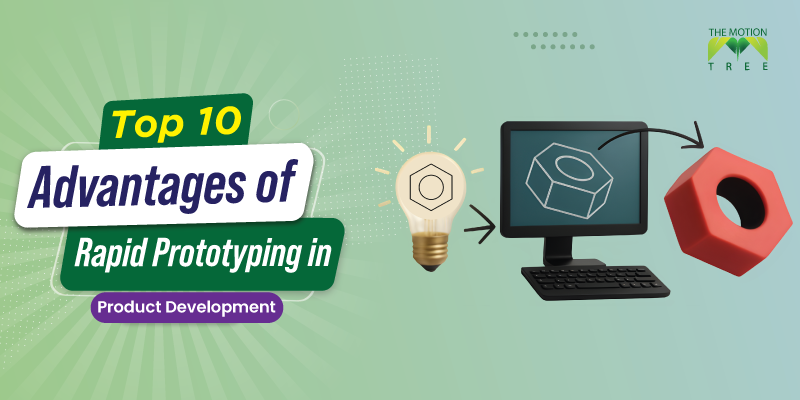
If you design or build products, you know how tough it is to go from idea to market. Deadlines are tight, budgets are tighter. And if something goes wrong during production, it costs you big time.
That’s where rapid prototyping comes in. It changes the game. You can move faster, test better, and spend less. In this article, I’ll break down the top 10 advantages of rapid prototyping. No fluff. Just the facts you need to decide if it’s right for you.
Table of Contents
ToggleWhat Is Rapid Prototyping?
Rapid prototyping means creating a physical version of a product quickly. You usually use a 3D printer. You might also use other tools like CNC machines or laser cutters.
You start with a digital file, usually from CAD software. Then, you print or machine it layer by layer. It’s a quick way to turn ideas into real things you can touch, test, and improve.
Industries like automotive, aerospace, consumer electronics, and healthcare use it every day. But it’s useful for anyone building something new.
10 Advantages of Rapid Prototyping in 3D Product Design
Rapid prototyping offers a range of benefits that make product development faster, smarter, and more efficient. Here are ten key advantages that highlight its value.
1. Faster Time-to-Market
Speed is everything when trying to bring a new product to market. Rapid prototyping helps you skip long wait times tied to traditional manufacturing. Instead of sending your designs off to be tooled or molded, you create a prototype in-house, sometimes in hours. That means you can go from idea to physical model overnight.
Every time you spot a flaw or want to try a new feature, you don’t need to wait days or weeks. Just update the file, hit print, and test again. You stay agile, and that agility helps you respond to customer needs, market trends, and internal feedback without delay.
By moving fast, you beat the competition to the market. And that gives you a major edge.
2. Cost-Effective Product Development
Traditional manufacturing methods come with high upfront costs. You need custom molds, specialized tools, and a lot of setup time. If you mess up the design or want to make a small change, you pay for it, big time!
Rapid prototyping cuts out most of that cost. You’re not committing to any expensive tooling until you know the design works. All you need is a printer, some material, and your digital file. Make five versions. Make ten. You’ll still spend less than you would on a single mold.
This low-cost flexibility means you can explore more ideas without draining your budget. You save money not just on materials, but on mistakes, delays, and do-overs.
3. Easy Iteration and Design Flexibility
Product design is rarely perfect the first time. That’s okay, if you can afford to iterate. With rapid prototyping, you can. You’re not locked into one version of a design. You can adjust dimensions, change materials, shift features, and test new ideas on the fly.
Let’s say you print a prototype, and the buttons are too small. No problem. Resize them, reprint, and test again later that day. Want to try two designs side by side? You can do that too, without any extra tooling or setup.
This kind of flexibility gives your team freedom to explore options. You learn faster. You make smarter choices. And you end up with a product that works the way you need it to.
4. Better Visualization of the Final Product
There’s only so much you can learn from a computer screen. Even the best 3D renders don’t show you how a product feels in your hands. But a physical prototype? That’s different. It helps you understand scale, ergonomics, texture, and proportion in ways software can’t.
You can hand the prototype around the office. Bring it into a meeting. Let people touch it, hold it, and react to it. It makes your idea real, not just a concept. That kind of clarity helps everyone make better decisions, from designers to executives to clients.
Visualization also helps with presentations. Whether you’re pitching to investors or selling to customers, a tangible prototype makes your vision easier to understand and support.
5. Improved Testing and Functionality Checks
You can’t catch every problem on a computer screen. Some things only show up when you build the product and put it to the test. That’s where rapid prototyping shines.
Once you’ve got a working prototype, you can test fit, movement, and performance.
You can also use prototypes to test how people interact with the product. Are the controls intuitive? Is it comfortable to hold? Small tweaks now can lead to a much better final product. Better testing means better products. And that means happier customers.
6. Enhanced Team Communication
Every team member sees things a little differently. Engineers think in specs. Designers think in shapes. Marketers think in features. Without a prototype, it’s easy to talk past each other.
A physical model brings everyone onto the same page. It’s a shared reference that clears up confusion. Instead of debating over drawings or descriptions, you point to the real thing. That makes meetings faster and more productive.
You also get better input. People can spot issues they wouldn’t see on paper. They can suggest improvements based on how the prototype looks and feels. That kind of communication leads to better teamwork and better results.
7. Reduced Risk of Expensive Production Errors
Fixing a problem during production is the worst time to do it. By then, you’ve invested in materials, machines, and maybe even packaging. A single mistake can cost thousands.
Rapid prototyping helps you find problems early. You can test for size, fit, assembly, and function before you make a big production run. If something’s off, you catch it when it’s cheap and easy to fix.
This saves money. It also saves time. You don’t need to pause production to solve a surprise issue. Everything runs smoother because you worked out the bugs in advance.
8. Supports Customization and Personalization
Some products need to be one of a kind. Think of custom medical devices, tailored consumer products, or limited-edition designs. Traditional manufacturing is expensive and slow, but rapid prototyping is simple.
You just change the digital file. Then you print. No new tooling and molds. Just a different version of the same process.
This gives you the freedom to meet individual needs. You can offer more options, reach niche markets, or create exclusive products without blowing your budget.
It’s a powerful way to stand out and serve your customers better.
9. Encourages Innovation and Creative Experimentation
When it’s easy and cheap to try new things, you try more things. That’s the power of rapid prototyping. It lowers the barrier to creativity.
Your team doesn’t need to play it safe. You can test bold ideas, weird shapes, or new functions without fear. If it doesn’t work, you print another version. You learn fast and move on.
This kind of experimentation leads to breakthroughs. It turns “what if” into “why not?” It builds a culture of innovation where people are free to explore, and that’s where the best ideas come from.
10. Enables Real-Time Feedback from Users and Stakeholders
You don’t need to guess what users want. You can show them the prototype and ask.
Put it in their hands. Watch how they use it. Listen to what they say. You’ll get feedback that no survey or concept drawing could ever give you.
The same goes for internal stakeholders. If your team or investors see and touch the product early, they can give clear, actionable feedback. You avoid delays. You align faster. And you make smarter design choices. Real feedback, in real time, makes your product better.
Conclusion
Rapid prototyping isn’t just a trendy tool. It’s a smart, practical way to design and build better products.
You save time. You save money. You make smarter choices. And you do it all faster.
Rapid prototyping is how you get there if you want to stay ahead in product development.
Now you know the top advantages. The next step is simple. Try it for your next idea and see what happens.
Related Posts

